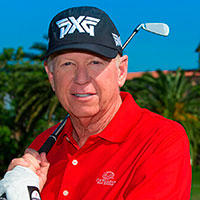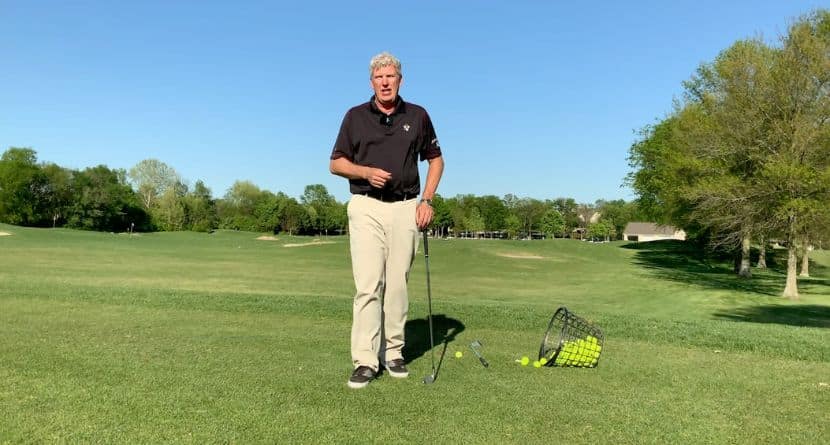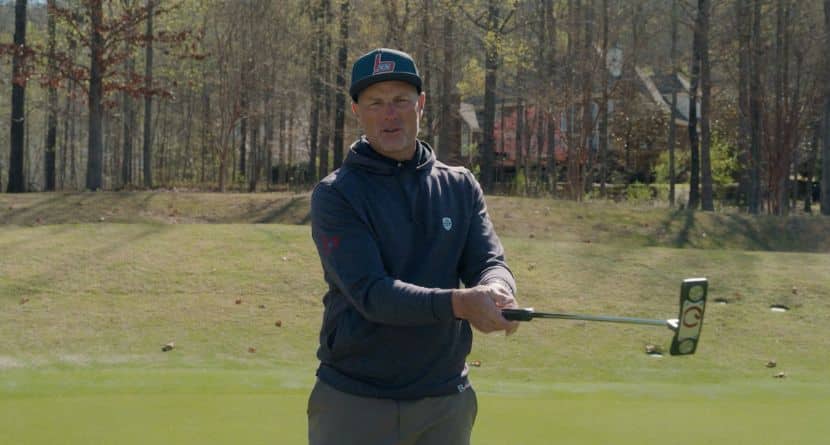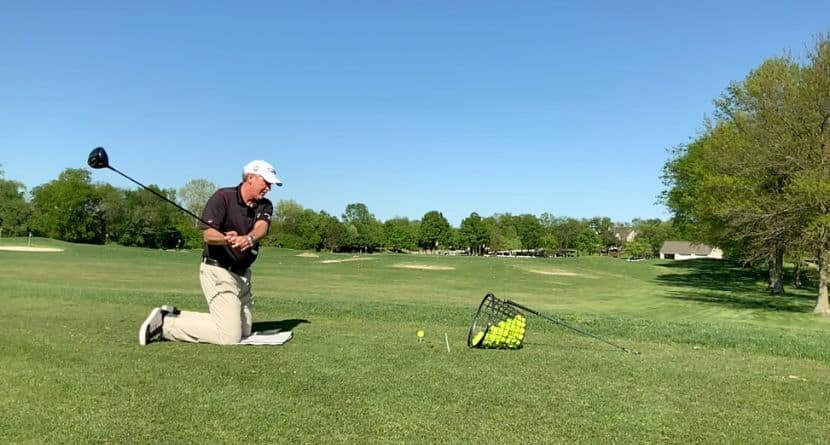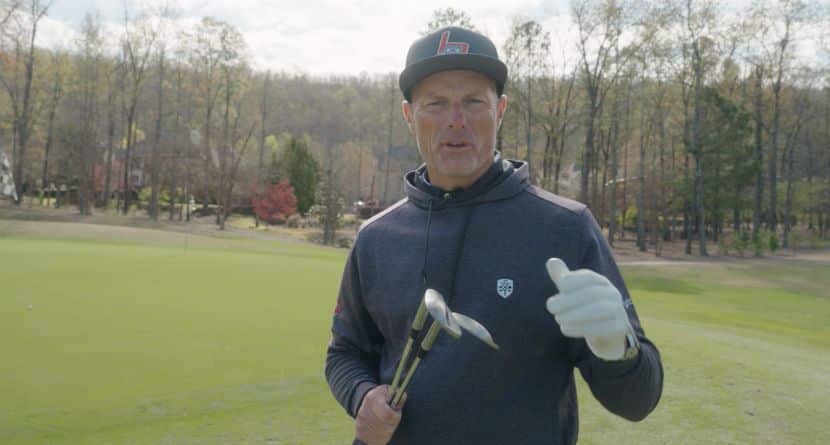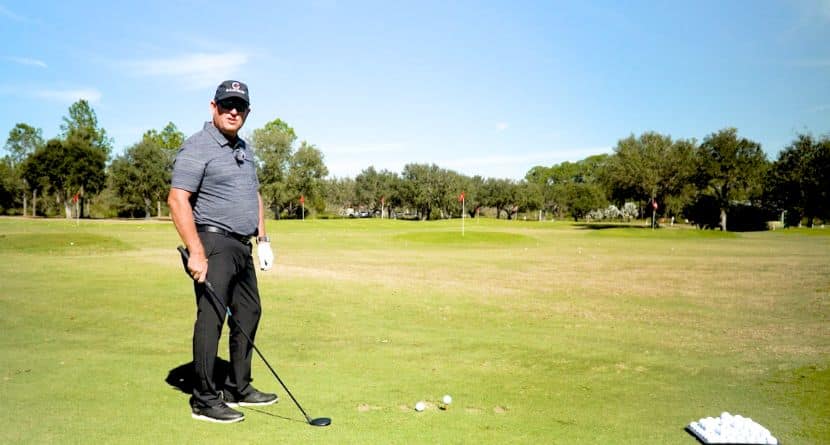This article delves into how the body produces power using excerpts from a top surgeon and a research director, who together were at the forefront of sports medicine. I read their article in 1986 (Esquire Magazine) and I’ve kept in my files. Power is at the forefront of golf and this article adds a different perspective.
Many write or speak about how a golfer can gain more speed. Usually it involves biomechanics and the kinematic sequence where they talk about kinetics and the forces that act on club. All of this is good information- all are steps forward in achieving more speed. Let’s look deeper.
In this piece, I insert “golf” whereas it was not part of the original Garrick and Gilhen article.
Details were removed from the original piece. This includes names, different sports examples, and more detail about the intricacies of human performance. There was more description about the nervous system that I condensed.
You can read Part 1 here, Part 2 here or the entire piece here.
Making It All Work

Camera Angles
It is mandatory that you learn the critical importance of camera angles to do accurate research. Otherwise your research is worthless. Move the camera and it changes everything. Carl Welty taught me the answer was to video every tour player the same way.
Research
Carl Welty was my research partner and he was exact on camera angles. Carl was the first teacher to demand exact camera angles for research. He taught me to be exact. When Carl first began using video, the camera was big and heavy. Back then we held the camera on our shoulder (when we filmed on the course). We filmed with a tripod on the range or when we could set up on a certain hole. Carl was extremely smart on golf research. We put the camera on the tripod at 50” off the ground, or approximately shoulder height. We set the face on camera exactly off a 90-degree angle from the intended target line. To this day almost no teachers do careful research like I was taught from Carl Welty.
Film Technique
You film the simplest way; down the target line just like Trackman launch monitors that are used on the PGA tour.
Why this way? Because among other things you can see where the ball launches. You place everything in line: Camera/Ball/Target.
I don’t teach on my knees, so why would you put the camera at waist height.
I don’t teach behind the golfer. This is bad place to teach from because students cannot relate to this view and can easily make wrong assumptions. Yet some teachers use this method. We filmed from behind for research only, not teaching.
Top golf research is done the way I did it with Carl Welty, the same way on the course or on the range where we know the target. But only Carl and I did it this way for decades. Plus, eventually other teachers who worked for me at Doral and Biltmore. I find other ways faulty, not so good. At any major university their video research would get an F.
At the Grenelefe Golf Resort way before computer software, I showed David Leadbetter how to draw on a TV screen. This was in 1985. But Carl and I had been drawing on the TV for 5 years prior to this with almost nobody knowing about this technique. Once again, Carl Welty was way ahead of the teaching field. I’m well known for writing the X factor book and doing shows on The X Factor with The Golf Channel, but I discovered the First X at Carl’s home in Carlsbad, California. I did it by drawing on his TV screen. In some ways drawing on the TV screen was better than software today as the drawing can be better. That X described how the clubshaft shallowed in the swings of tour professionals. Later I would write the X-Factor book describing the differential between hip turn and shoulder turn.
Back To Power
When Justin Thomas finishes his backswing, a relatively passive movement, he begins a “ballistic” action – action that moves a body part through a range of motion assisted wholly or in part by the momentum of that part. A downward push into the ground transfers force into the legs, and then a chain reaction from the trunk, to the shoulders. Timed with the transfer is a burst of contraction in the muscles that pull the arms downward and help rotate the pelvis – primarily with the lats. At this stage the arms and the club, especially the clubhead appear behind the player. That is not because he put the club there. It is because he has initiated the change of direction with the body from the ground up. The body is ahead of clubhead when the clubhead will finally change direction. The feel of the clubhead is light, as if it were hanging out at the end of a long string. This gives Justin “time at the top.” There is no appearance or feeling of rush. I usually get 6-12 clicks on my computer software before the clubhead has begun the forward transition. Biomechanics proves the same.
One of my tenets has been to coil smoothly, and complete the shoulder turn, but do it smoothly and make sure that the body begins the change of direction. The main energy comes in transition as you take the X factor to impact. The X factor is the differential between the hips and shoulders. The shoulders out-turn the hips in the backswing and create a gap (or differential). These rotations are quite passive as compared to the explosion and burst of speed coming into impact. In the downswing phase the shoulders rotate around a single axis, (the spine). The shoulders gain quickly on the hips, because we have 2 points hitting the ground. Starting down the feet initiate the movement and the legs push into the ground. The gap (differential) increases. As an example, the model tour pro turns the shoulders 100 degrees and the hips 60 degrees in the backswing. Starting down the hips get a head start and increase the 40 degree gap. In early transition, the gap increases by approximately 10 additional degrees. I’ve termed this the X factor stretch. The gap has now momentarily increased to 50 degrees.
This is the third in a five-part series from Jim McLean’s The Complexity Of Power In Golf, which can be read in full here. In Part 4, McLean delves into The Clubhead Transition and The Touch Muscles.

